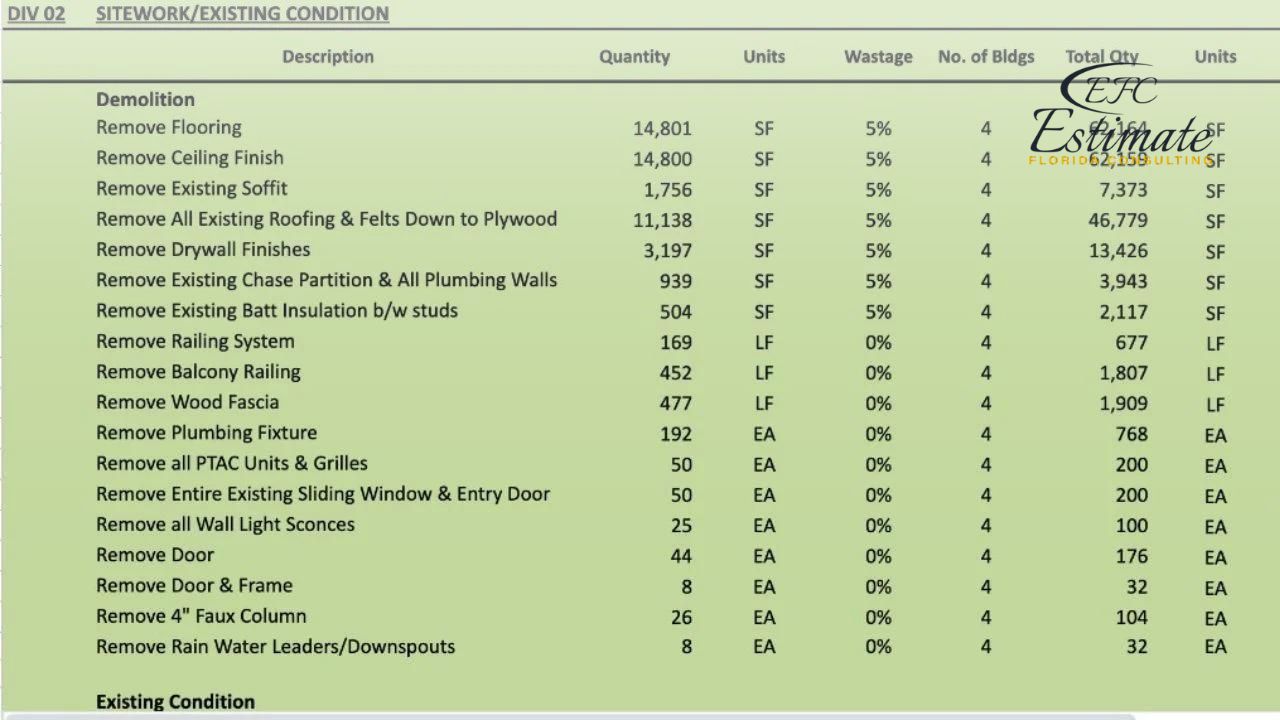Flooring Cost Estimator in Hialeah
Estimate Florida Consulting specializes in delivering accurate estimates tailored to the unique needs of clients in the Hialeah area.Flooring installation costs for a 500-square-foot room typically range between $3,600 and $15,000 or more, approximately $20.50+ per square foot. Our expertise lies in providing detailed projections for flooring projects, ensuring precision and reliability in budgeting and planning processes. Whether you’re considering hardwood, tile, carpet, or other flooring materials for your project, our team is dedicated to delivering comprehensive cost estimations to guide your decision-making process.
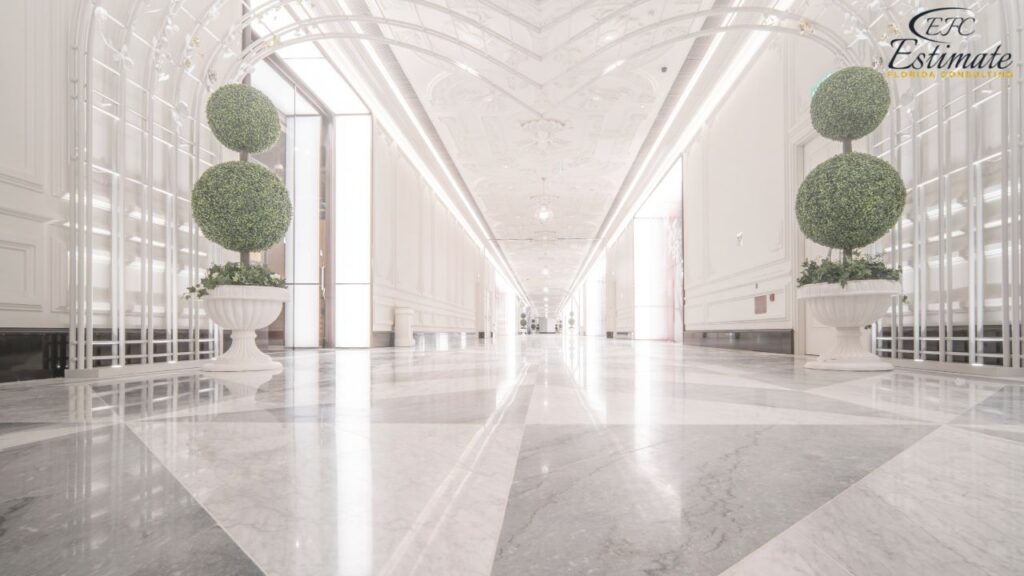
Cost of Vinyl Flooring per Square Foot
The pricing of vinyl flooring varies widely due to its diverse range of thicknesses, finishes, styles, shapes, and installation methods. Sheet vinyl starts at around $2 per square foot, while luxury planks can reach approximately $20 per square foot. When factoring in installation costs, expect a range from roughly $4 to $24 per square foot, depending on the specific type chosen.
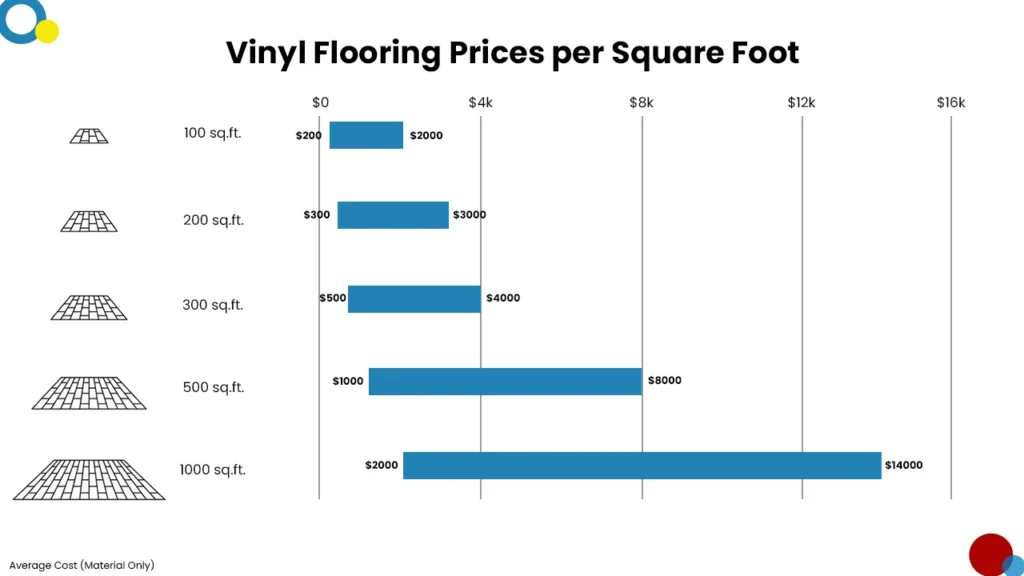
SIZE | AVERAGE COST (MATERIAL ONLY) |
100 sq.ft. | $200 – $2,000 |
200 sq.ft. | $300 – $3,000 |
300 sq.ft. | $500 – $4,000 |
500 sq.ft. | $1,000 – $8,000 |
1,000 sq.ft. | $2,000 – $14,000 |
90% More Chances to Win Projects With Our Estimate!
- Multi-Family Building
- Hotel Building
- Hospital Building
- Warehouse Building
- School & University Building
- High-Rise Building
- Shopping Complex
- Data Center Building
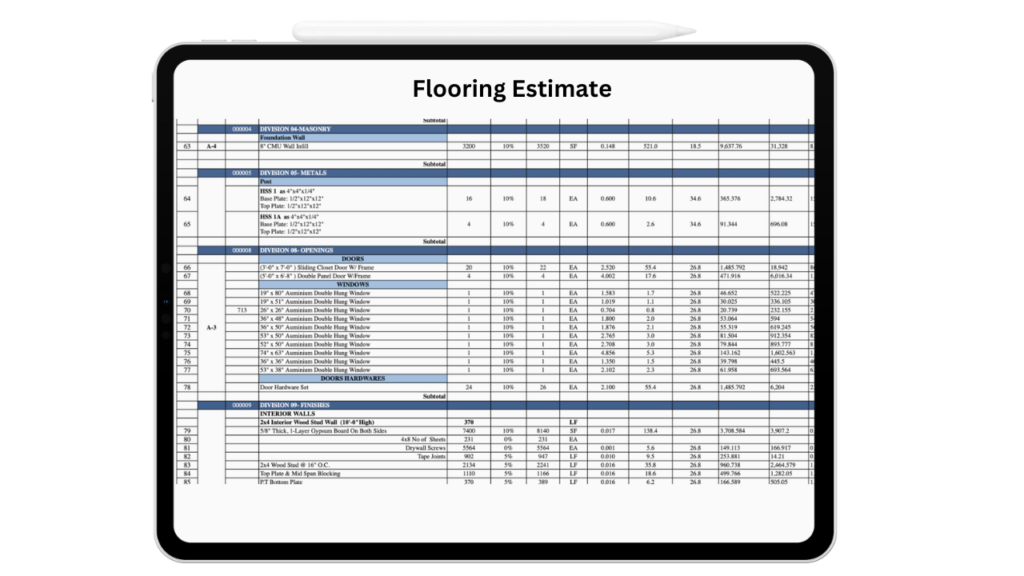
Cost by Types of Flooring Materials
Choosing the right flooring material is crucial for any project. Hardwood exudes timeless elegance but comes at a higher cost, while tile offers durability, ideal for moisture-prone areas. Carpet provides comfort and noise reduction, perfect for bedrooms and living areas. Laminate offers a cost-effective alternative to hardwood, easy to maintain. Vinyl is versatile and water-resistant, at an affordable price. Concrete suits industrial aesthetics and boasts high durability. Each option balances aesthetics, durability, and cost, catering to diverse needs and preferences.
Flooring Type | Cost per Square Foot | Cost per 500 sq. ft. |
Hardwood | $7.20 – $24 | $3,600 – $12,000 |
Carpet | $1.20 – $7.20 | $600 – $3,600 |
Tile | $3.60 – $24 | $1,800 – $12,000 |
Laminate | $3.24 – $13.20 | $1,620 – $6,600 |
Vinyl | $2.40 – $3.60 | $1,200 – $1,800 |
Linoleum | $2.40 – $7.80 | $1,200 – $3,900 |
Bamboo | $6 – $18 | $3,000 – $9,000 |
Cork | $6 – $14.40 | $3,000 – $7,200 |
Concrete | $3.60 – $9.60 | $1,800 – $4,800 |
Engineered Hardwood | $4.80 – $19.20 | $2,400 – $9,600 |
Flooring Installation Guide
Wooden Flooring
Laminate Flooring
Flooring Installation
Get 5 New Leads in the Next 7 Days With Our System
- Multi-Family Building
- Hotel Building
- Hospital Building
- Warehouse Building
- High-Rise Building
- Shopping Complex
Factors Affecting Flooring Costs
Material Choices
The selection of flooring material is a pivotal decision that significantly impacts the total cost of your project. The price per square foot varies widely among different materials, offering options ranging from budget-friendly vinyl to luxurious hardwood. It’s essential to consider not only the material’s initial cost but also its long-term durability and maintenance requirements. While high-end materials like hardwood or natural stone may entail a higher upfront investment, they often offer greater longevity and aesthetic appeal, potentially reducing the need for frequent replacements or repairs over time. Conversely, more affordable options like vinyl or laminate may provide cost-effective solutions upfront but could require more frequent maintenance or replacement in the long run, affecting the total cost of ownership.
Floor Area and Layout
The size and layout of the area to be floored play a pivotal role in determining the overall cost of your flooring project. Larger areas naturally require more materials and labor to complete, driving up the total expense. Additionally, projects with complex layouts, such as those featuring intricate patterns or irregular shapes, may necessitate more precise cutting and installation, contributing to higher labor costs. Factors such as the presence of alcoves, corners, or obstacles can also impact the complexity of the installation process, further influencing the overall project cost.
Floor Area and Layout
The size and layout of the area to be floored play a pivotal role in determining the overall cost of your flooring project. Larger areas naturally require more materials and labor to complete, driving up the total expense. Additionally, projects with complex layouts, such as those featuring intricate patterns or irregular shapes, may necessitate more precise cutting and installation, contributing to higher labor costs. Factors such as the presence of alcoves, corners, or obstacles can also impact the complexity of the installation process, further influencing the overall project cost.
Labor Costs
The cost of installation is heavily influenced by labor expenses, which can vary based on factors such as skill level requirements and local labor rates. Highly skilled craftsmen or specialized installers may command higher wages, particularly for projects involving intricate designs or unique materials. Additionally, areas with higher costs of living or where labor is in high demand may experience elevated labor rates, impacting the total project cost. It’s essential to factor in labor costs when estimating the overall expense of your flooring project and to ensure that you’re working with experienced professionals who can deliver quality results within your budgetary constraints.
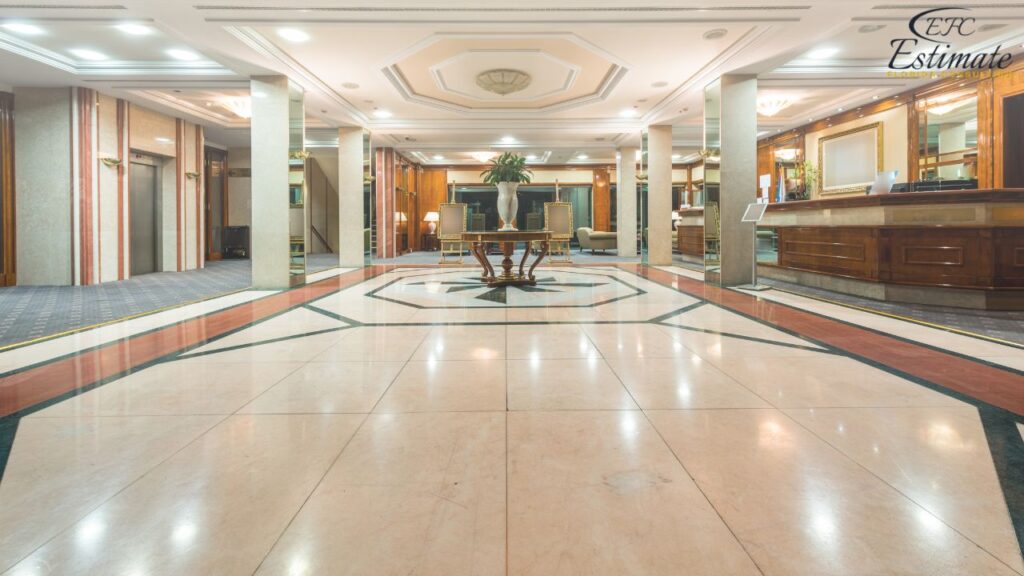
Location and Accessibility
The location and accessibility of the job site can significantly impact the cost of labor and materials delivery. Projects located in remote or hard-to-reach areas may incur higher transportation costs, as suppliers may need to travel greater distances to deliver materials to the site. Similarly, factors such as ease of transportation, parking availability, and proximity to suppliers can all influence the logistics and associated expenses. In urban centers, projects may face challenges related to parking and maneuvering equipment, which can impact the efficiency of the installation process and potentially lead to increased labor costs.
Preparation Work Required
The condition of the existing floor and the extent of preparation work needed can also affect the overall cost of your flooring project. Subfloor preparation, such as leveling, moisture mitigation, or removal of old flooring, may be necessary to ensure proper installation and long-term performance. Depending on the scope of the preparation required, this additional work can add significant costs to the project. It’s essential to assess the condition of the existing floor and factor in any necessary preparation work when estimating the overall expense of your flooring project.
Download Template For Flooring Project Breakdown
- Materials list updated to the zip code
- Fast delivery
- Data base of general contractors and sub-contractors
- Local estimators
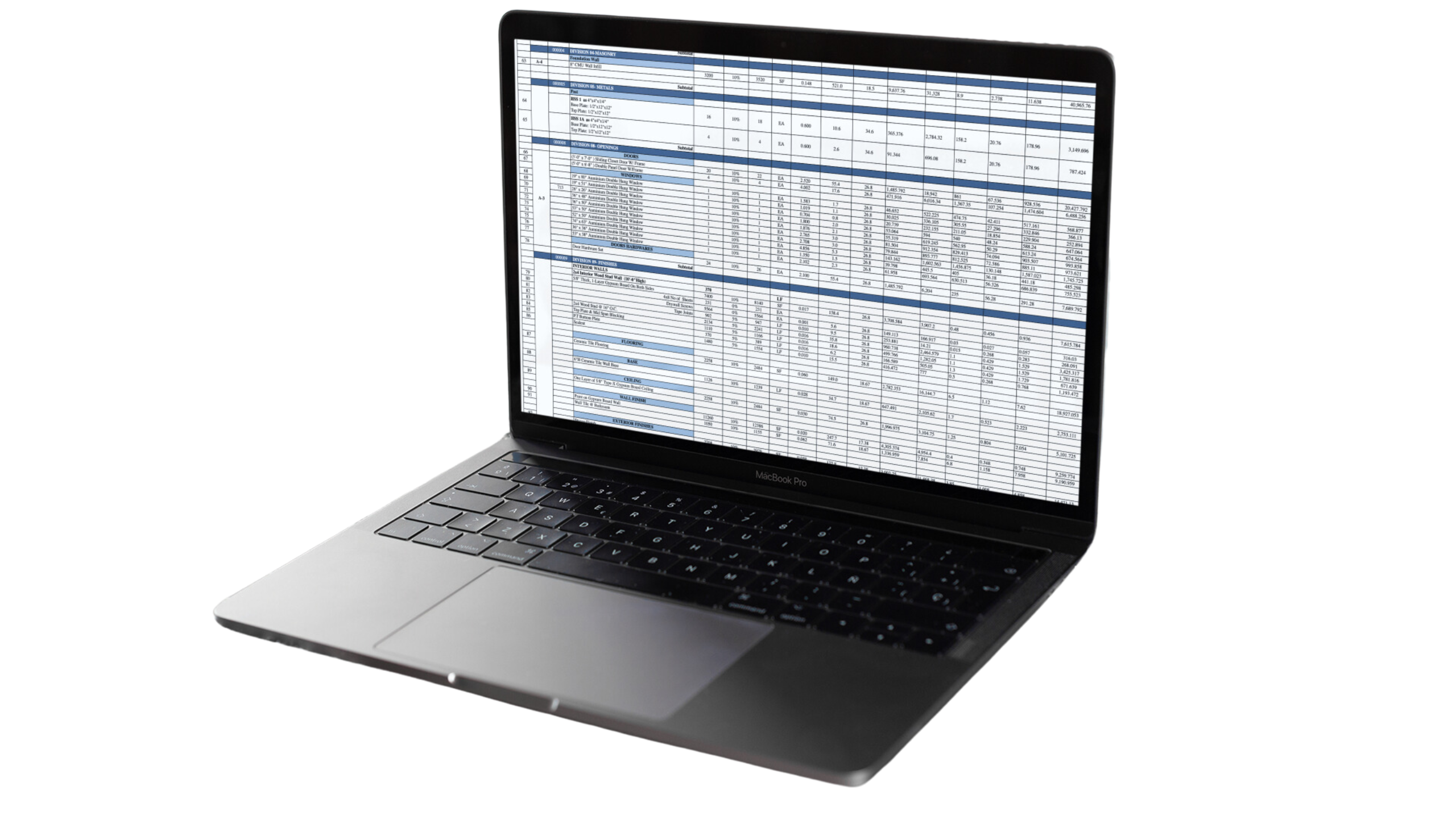
Cost per Square Foot for Marble Flooring
Marble flooring offers a wide range of colors, styles, and textures, each with its own unique characteristics in terms of color, veining, and durability. This variety also results in a range of costs, ranging from approximately $3 to $50 per square foot for the material alone, and roughly $4 to $10 per square foot for installation. Consequently, the total expense can vary from $7 to $60 per square foot. It’s worth noting that more rare types of marble and complex installation methods typically result in higher costs compared to more common marble varieties and simpler installation processes. Below are the average cost ranges for installing marble flooring in various room sizes:
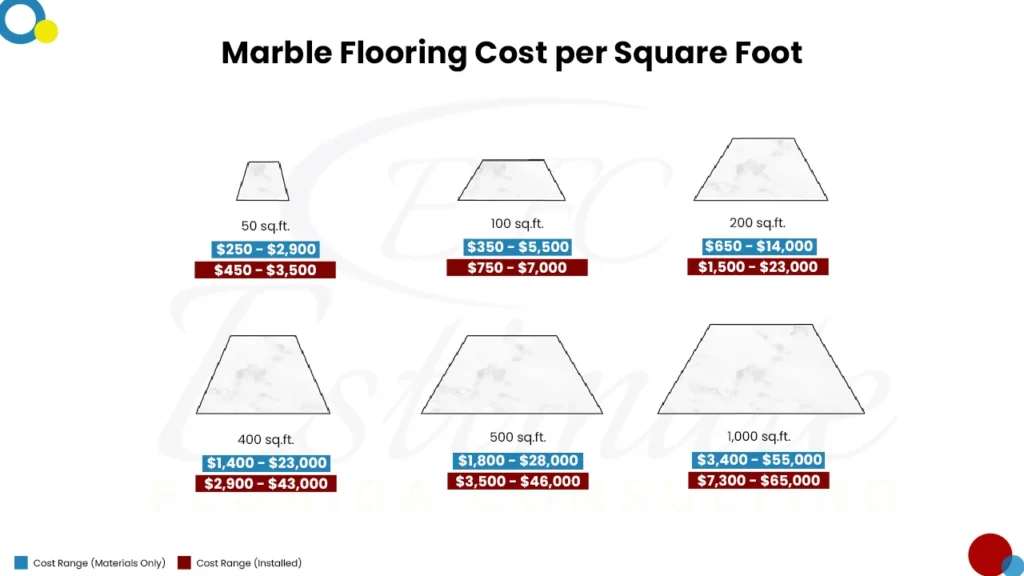
SIZE | MATERIALS ONLY (COST RANGE) | INSTALLED (COST RANGE) |
50 sq.ft. | $250 – $2,900 | $450 – $3,500 |
100 sq.ft. | $350 – $5,500 | $750 – $7,000 |
200 sq.ft. | $650 – $14,000 | $1,500 – $23,000 |
400 sq.ft. | $1,400 – $23,000 | $2,900 – $43,000 |
500 sq.ft. | $1,800 – $28,000 | $3,500 – $46,000 |
1,000 sq.ft. | $3,400 – $55,000 | $7,300 – $65,000 |
Business Finance Loan
Find out if you're pre-qualified in seconds

Get Prequalified Now
IMPORTANT: Make sure the email and phone number you enter are correct. We will email and text you a link to get started.
DIY vs. Professional Flooring Installation
When it comes to updating the flooring in your home or business, one of the critical decisions you’ll face is whether to tackle the project yourself (DIY) or hire professional installers. This choice can significantly impact the project’s cost, duration, and the quality of the final outcome. Let’s dive deeper into the pros and cons of DIY versus professional flooring installation to help you make an informed decision.
DIY Flooring Installation
Pros
- Cost Savings: Perhaps the most appealing aspect of DIY flooring installation is the potential to save money. By eliminating labor costs, you can significantly reduce the overall expense of the project. This saving can be particularly beneficial if you’re working with a tight budget.
- Flexibility: DIY projects allow you to work at your own pace and on your own schedule. You can take your time with the installation, spread the work over weekends, or even pause the project if necessary.
- Personal Satisfaction: Completing a flooring project on your own can offer a sense of accomplishment and the opportunity to customize the work to your exact specifications and preferences.
Cons
- Skill Level: Flooring installation can be complex, requiring specific tools and knowledge. Mistakes made due to inexperience can lead to poor quality work, wasted materials, and the need to redo parts of the project, potentially costing more in the long run.
- Time Consumption: DIY projects typically take longer than professional ones, especially if you’re learning as you go. This extended project duration can be inconvenient and disruptive to daily life.
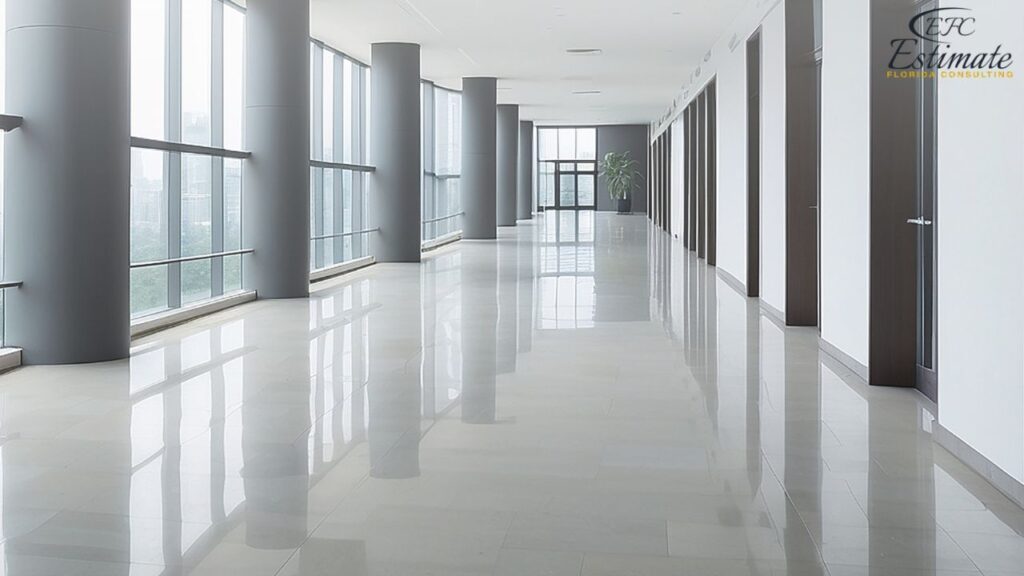
- No Labor Warranty: Unlike professional installations, DIY projects don’t come with a labor warranty. If issues arise from the installation work, you’ll be responsible for addressing them at your own expense.
Professional Flooring Installation
Pros
- Expertise and Experience: Professional installers bring years of experience and expertise to your project, ensuring that the installation is done correctly and efficiently. This experience is particularly valuable for complex materials like hardwood or tile, which require specialized tools and techniques.
- Time Efficiency: Professionals can complete the work much faster than a DIY enthusiast, minimizing disruption to your home or business and allowing you to enjoy your new floors sooner.
- Labor Warranty: Many professional flooring installers offer a warranty on their labor, providing peace of mind that any issues related to the installation will be addressed without additional costs.
Estimate Your Project With Us
Cons
- Higher Cost: The primary drawback of hiring professionals is the cost. Labor charges can significantly increase the total expense of your flooring project, making it less affordable for those on a strict budget.
- Scheduling: Working with professional installers requires coordinating schedules, which may lead to delays or the need to adjust your plans to accommodate their availability.
Tips for Reducing Flooring Costs
Reducing the overall costs of flooring can be crucial for homeowners and contractors working within a specific budget. Flooring not only transforms the aesthetic appeal of a space but also contributes to its functionality and durability. Here are some comprehensive tips to help you minimize flooring costs without compromising on quality.
Opt for Cost-Effective Materials
When considering flooring options for your project, opting for cost-effective materials can help you achieve the desired look and functionality without breaking the bank. Laminate flooring, for instance, mimics the appearance of hardwood at a fraction of the cost. Not only is laminate durable and resistant to scratches, but it’s also ideal for high-traffic areas, making it a practical choice for busy households. Similarly, vinyl flooring offers versatility in design while being water-resistant, making it suitable for areas prone to moisture such as kitchens and bathrooms. Vinyl planks or tiles can replicate the look of more expensive materials like hardwood or stone, providing a budget-friendly alternative without compromising on style or performance.
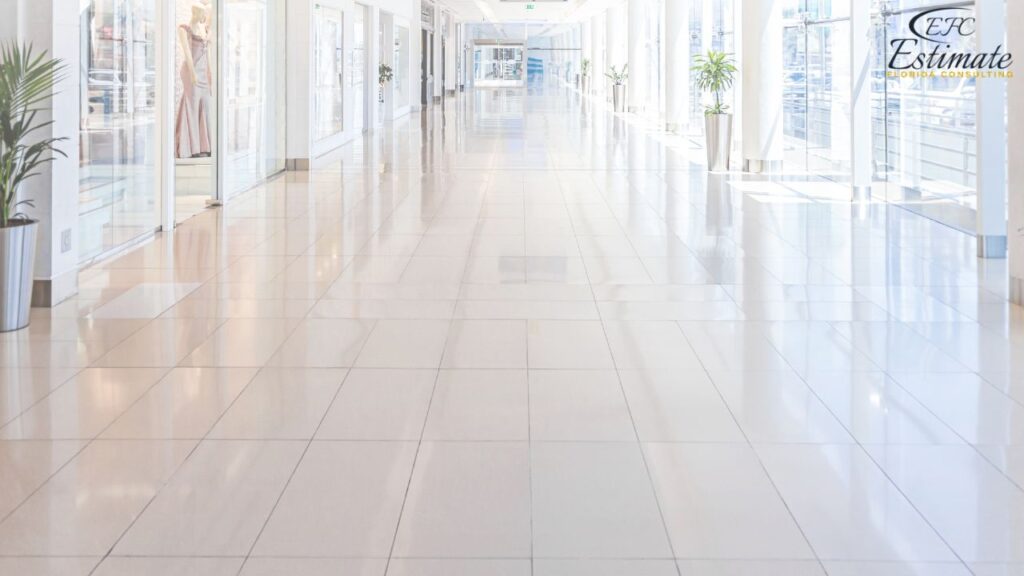
Additionally, concrete flooring, particularly polished concrete, can be an excellent low-maintenance and long-lasting option, especially if the existing subfloor is suitable for refinishing. By selecting these cost-effective materials, you can achieve a beautiful and durable flooring solution while staying within your budget.
Consider the Long-Term Value
While upfront costs are important to consider, it’s equally essential to assess the long-term value of your flooring investment. Investing in slightly higher-priced flooring that offers better durability and longer life can be more cost-effective in the long run. Materials like ceramic tile or high-quality laminate strike a balance between initial cost and longevity, providing excellent value for money over the lifespan of your floor. By prioritizing durability and longevity, you can minimize the need for frequent repairs or replacements, ultimately saving you money in the long term.
Need Template For Your Flooring Business
We provide services for Brochure, Banner, Business Card, Envelope, Invoice, etc.

Purchase Extra Material Wisely
When purchasing flooring materials, it’s wise to buy just the right amount of extra material to account for future repairs or replacements. While it’s essential to have some extra material on hand, purchasing too much can lead to unnecessary waste and increased costs. A common recommendation is to buy an additional 10% more material than your project requires to allow for cuts and mistakes. By purchasing extra material wisely, you can save money and reduce waste, ensuring that you have enough material on hand for any future needs without overspending.
Timing Your Project
Timing your flooring project strategically can also lead to cost savings. Flooring companies and contractors often offer discounts during their slow seasons, typically late fall and winter. Planning your project during these times can lead to significant savings on labor and materials. Additionally, keep an eye out for sales and promotions at home improvement stores, especially during major holidays. By taking advantage of off-season discounts and promotional periods, you can stretch your budget further and save money on your flooring project.
DIY Where Practical
While hiring professionals for flooring installation is often recommended for complex projects, there are opportunities to save money by DIYing certain aspects of the project. For example, even if you plan to hire professionals for the installation, doing the prep work yourself, such as removing old flooring or baseboards, can reduce the overall cost of the project. Similarly, consider taking on the installation of simpler flooring types yourself, such as peel-and-stick vinyl tiles or click-together laminate planks. By DIYing where practical, you can lower labor costs and stretch your budget further without compromising on quality.
Are You Looking For?
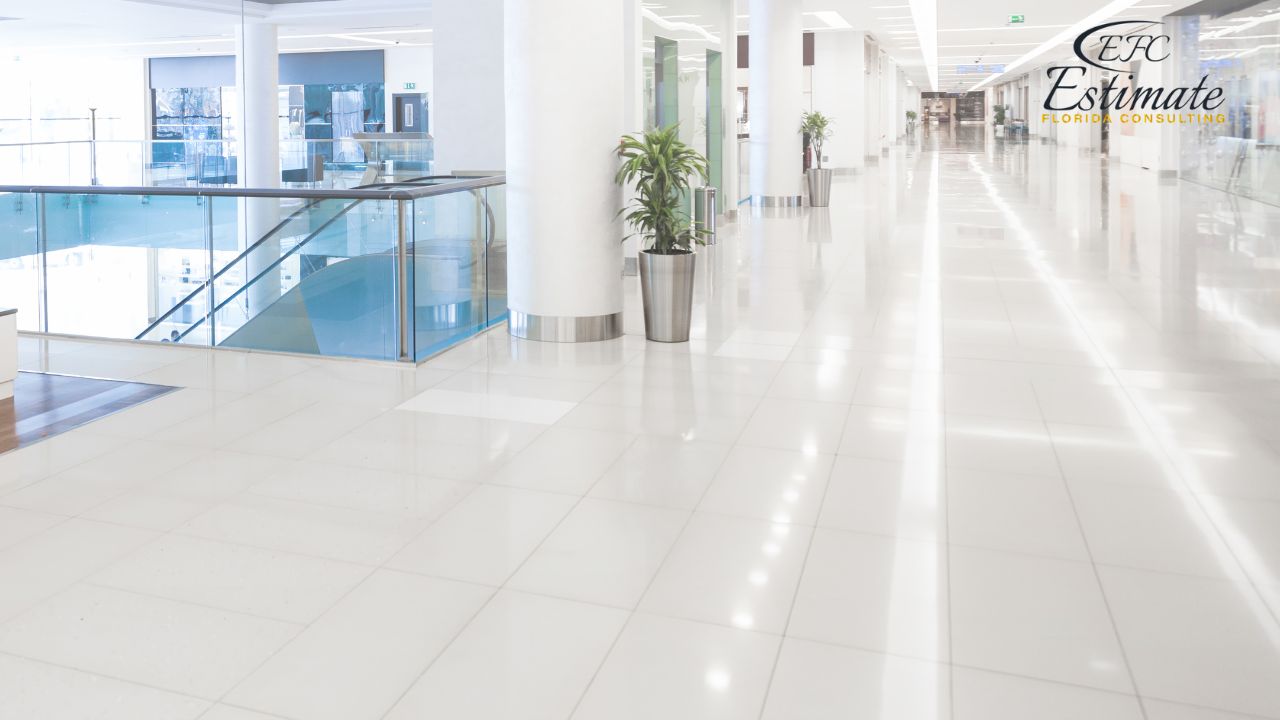
for Flooring Work
Fully Insured License
Hire Subcontractor For Flooring Work

For Flooring
Make Informed Design Decisions Showcase Your Design Ideas
Get RenderingCall Us To Discuss More at 561-530-2845
Conclusion
Estimating flooring costs requires a comprehensive understanding of various factors, including material choices, labor expenses, location considerations, and the extent of preparation work needed. Whether you opt for DIY installation or hire professionals, making informed decisions about flooring materials and project planning is essential to achieving desired outcomes within budget constraints. By considering cost-effective materials, timing your project strategically, and leveraging DIY opportunities where practical, you can minimize expenses while ensuring quality and durability in your flooring investment. Estimate Florida Consulting specializes in providing accurate cost estimations tailored to the unique needs of clients in the Hialeah area, guiding them through the budgeting and planning processes with precision and reliability.
We Provide Services for Other Trades in Hialeah
FAQs
The average cost for flooring installation in a 500-square-foot room typically ranges between $3,600 and $15,000 or more, approximately $20.50+ per square foot. The exact cost depends on factors such as the type of flooring material chosen and the complexity of the installation.
Hardwood flooring installation costs in Hialeah range from $7.20 to $24 per square foot, resulting in a total cost of $3,600 to $12,000 for a 500-square-foot room.
Carpet installation costs in Hialeah typically range from $1.20 to $7.20 per square foot, translating to $600 to $3,600 for a 500-square-foot room.
Tile flooring installation costs in Hialeah vary from $3.60 to $24 per square foot, resulting in a total cost of $1,800 to $12,000 for a 500-square-foot room.
Laminate flooring installation costs in Fort Hialeah from $3.24 to $13.20 per square foot, equating to $1,620 to $6,600 for a 500-square-foot room.
Process To Get Flooring Cost Estimate Report
Here I am going to share some steps to get your flooring cost estimate report.
-
You need to send your plan to us.
You can send us your plan on info@estimatorflorida.com
-
You receive a quote for your project.
Before starting your project, we send you a quote for your service. That quote will have detailed information about your project. Here you will get information about the size, difficulty, complexity and bid date when determining pricing.
-
Get Estimate Report
Our team will takeoff and estimate your project. When we deliver you’ll receive a PDF and an Excel file of your estimate. We can also offer construction lead generation services for the jobs you’d like to pursue further.
Google Reviews

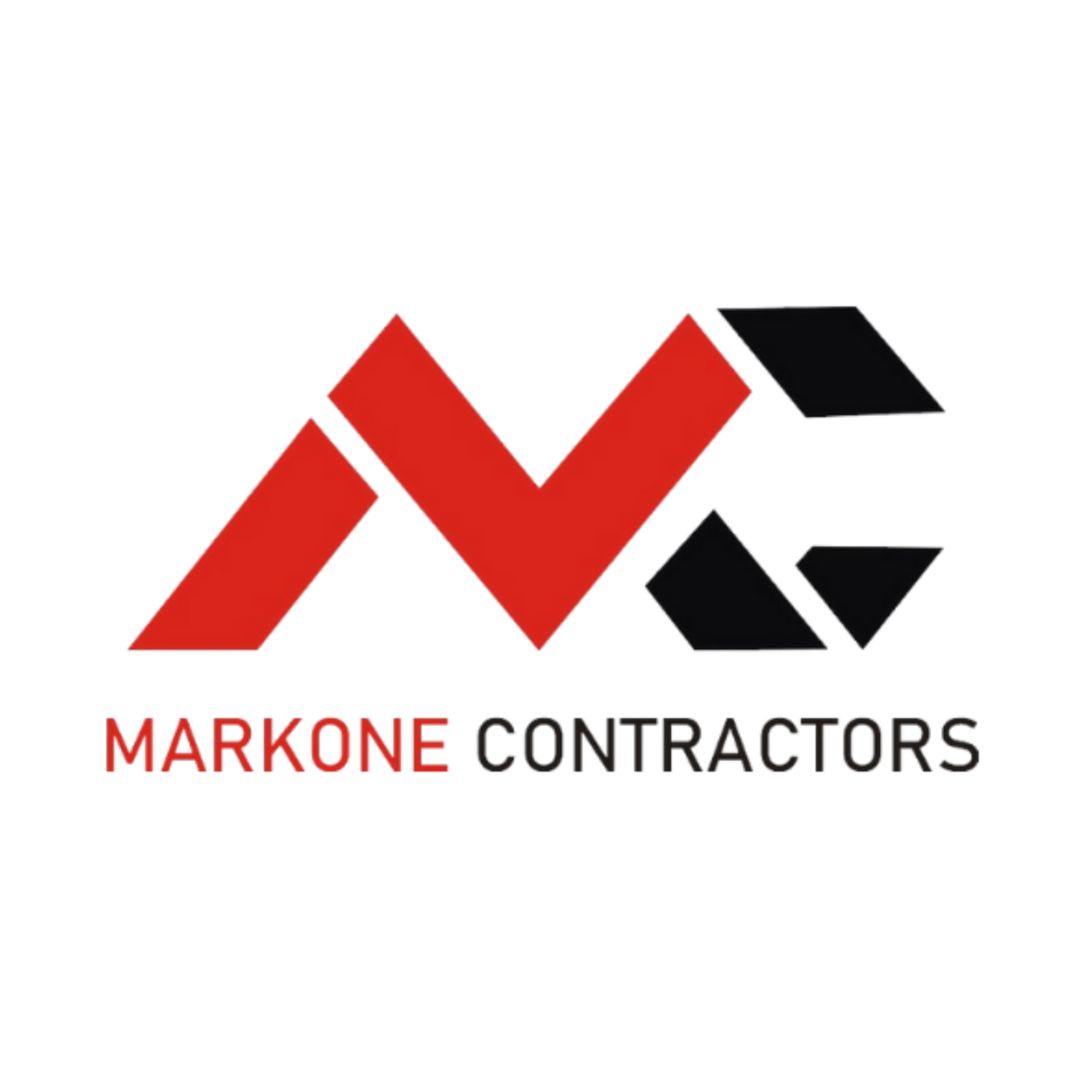
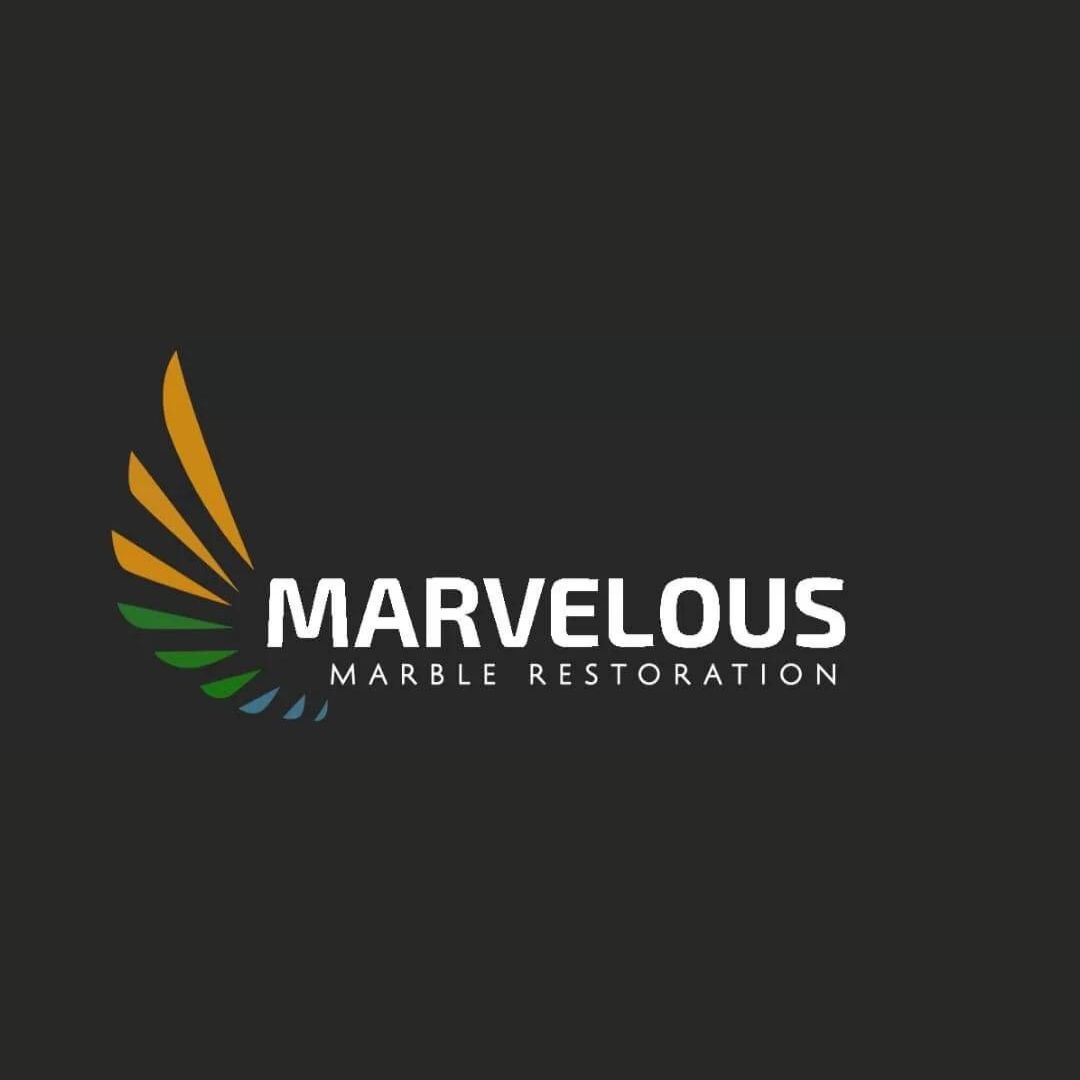
Reach Out To Us
Places to visit if you new in Hialeah
This landmark spot is not just a casino. It is a 200-acre area that features a casino with poker, slot machines, simulcasts of horse racing, and live entertainment. The grounds are also an Audubon Bird Sanctuary, where you can find pink flamingos.
This sprawling park is a great place to enjoy the outdoors. It has multiple lakes for wakeboarding and paddleboarding, soccer fields, sand volleyball courts, mountain biking trails, a playground, and a petting zoo.
Head to Maximo Gomez Park, a.k.a. Domino Park, and witness the lively energy of locals playing dominoes, a cultural pastime in Hialeah’s Cuban community. Grab a cafecito from a nearby ventanita (small window counter) and soak in the atmosphere.
This estate was built in the early 1900s by James Deering, a wealthy industrialist. The estate has beautiful gardens, a mansion, and a variety of art collections.

